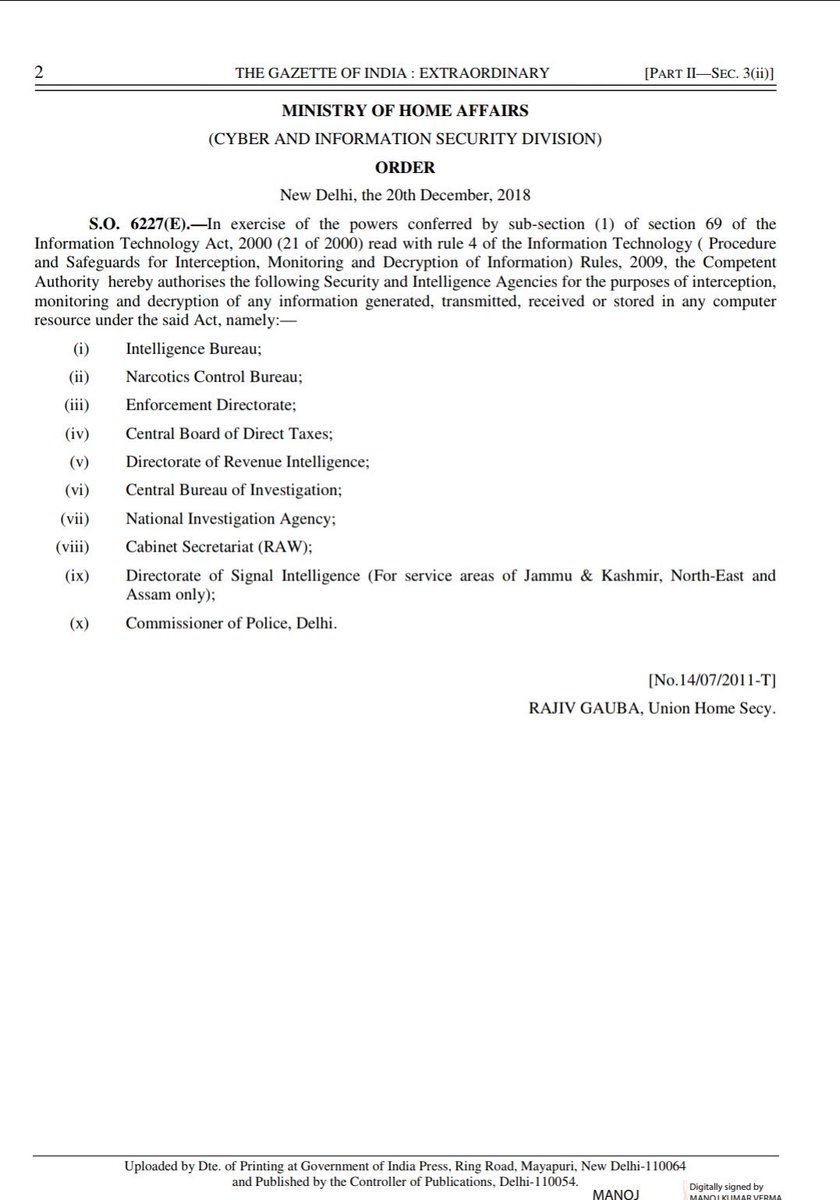23% of the world's population
Yet this landmass does not hog as much attention of the world as it should
It remains an under-discussed, poorly understood region
a) Hey...why do you think it is under-discussed? The word "India" gives 7.2B search results on Google
b) "Greater India"? Whatever is that? Isn't that just a Hindu nationalist fantasy?
Let me address b. first. And then move to a.
The landmass bounded by Hindukush, Himalayas and the sea has always been viewed as "India" (NOT South Asia) for much of human history
It is barely 7 decades ago that irreversible changes in religious demography at the edges caused a cleavage of this civilizational landmass into 2 and later 3 political units
Why do I think India and its history is under-discussed? Here's a case study
Macchu Picchu (abandoned in 1570s)
vs
Vijayanagara (abandoned in 1560s)
Let's also consider the two Empires in question -
Inca Empire
vs
Vijayanagara Empire
The Vijayanagara Empire in contrast influenced the destinies of at least 3 times that number - (~30 to 40MM) on less than 1/4th of the area
It lasted for barely a century from the early 15th to early 16th century
So do the numerous philosophies and thought movements that it accommodated for 2+ centuries.
But no.
# Google search results
Vijayanagara : 1.7 MM
Hampi : 6.6 MM
Macchu Picchu : 29.9 MM
Vijayanagara Empire : 703K
Inca Empire : 12.6 MM
This is one of India's greatest ever empires. One of India's greatest ever cities.
A city that was not "short lived" mind you.
Vijayanagara was founded in 1336 and got abandoned in 1565
That's 2+ centuries
Machu Picchu located in the desolate highlands of Peru gets 1.2MM+ tourists each year
Hampi, located in a country of 1.2B people, gets a paltry 500K
Not for the ruins. Not for the "architecture" scattered around the village of Hampi today but for more vital, important reasons
1. Vijayanagara made the present Indian nation possible. The India we live in would look demographically and culturally very different, but for this Empire which halted the march of invasions into the Deccan for over two centuries
Be it Sri Vaishnavism, Advaita, Madhwa Sampradaya, Lingayatism..you name it
In contrast to say the Mughal Empire, there is no single Vijayanagara dynasty that held the empire together.
This is actually reminiscent of the continuity of English state from 11th cen to date despite numerous dynastic lines.. Eg: Plantagenet, Tudor etc
Sanskrit, Telugu, Kannada, and to a lesser extent Tamil, Malayalam
The civilization it stood for v much outlived it and continues to this day
So it is hardly a "lost culture" like the Inca Empire
But it is a reminder of the consequences of not reining in the barbarians at the gate
Let's start with 1.
Why do we believe Vijayanagar is central to the existence of India today?
The capital of Hoysala Ballalas in Dwarasamudra (Halebidu today) fell in 1310 to Alladin Khilji
In 1323 Warangal was taken.
And the panic was real in the 1330s.
“With the accession in 1325 of Muhammad Bin Tughluq of Delhi, things became worse still"
(Contd..)
“The solid wall consisted of Anegundi principality, grown into the great empire of Vijayanagar. To the kings of this house (Sangama), all the nations of the south submitted”
“The old states appear to have submitted peaceably to the new monarchy. They were perhaps glad to submit if only the dreaded foreigners could be kept out..”
Yes…it most definitely would have meant pan Indian Muslim rule some 4 centuries prior to Aurangazeb, when it finally became a reality
The boundaries of 1947 would have been very different
Vijayanagara’s patronage of a vibrant Hnidu intellectual life
Vijayanagara’s cultural cosmopolitanism
Vijayanagara’s signal efforts to further Hindu religious practice by its efforts at temple construction
Its Sangama dynast founders were followers of the great Hindu figure Vidyaranya - one of the most influential Hindus of the past 1000 years
These include -
Panchadasi - a manual on Advaita
Sarvadarshana sangraha - a compendium of all Indian philosophies
Not just its patronage of several languages as previously mentioned, but its religious cosmopolitanism. The Empire never assumed a parochial religious dimension, again crucial to the Hindu unity in this epoch
But the later dynastic lines - Saluva and Tuluva - (which included Krishnadevaraya), had a stronger Vaishnavite orientation - patronizing both the Madhwa and Sri Vaishnava sampradayas
Most of the great temples of the South in our times - be it Srirangam, Madurai, Tirumala - were greatly expanded during the reigns of Vijayanagara kings
The Dasa Kritis of the Karnata country being a good example
Men like Ramananda and Chaitanya in the 14th and 15th cen were heavily influenced by philosophies of Ramanuja and Madhwa
Chaitanya, for one, had his initiation in the Madhwa tradition
But it hardly meant the end of a civilization….The civilization endured, and continues to this day





